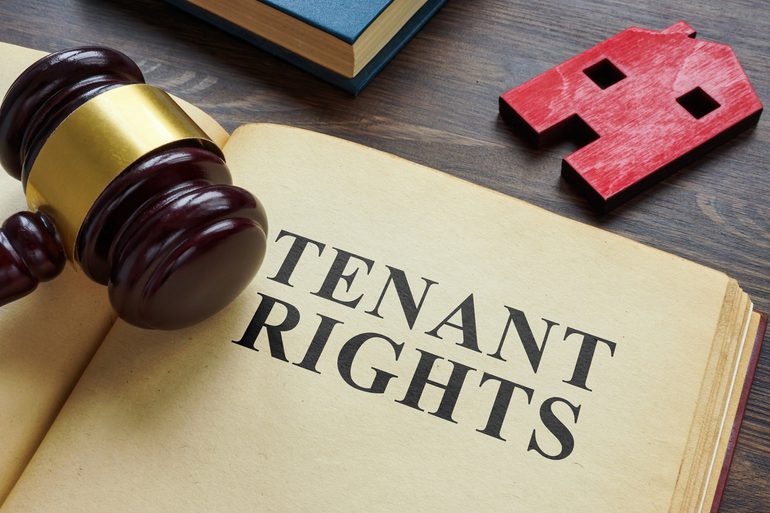Renters’ Rights Bill progress update
By David Asker on
The Bill, originally anticipated to pass into law this summer, is still making its way through Parliament.

It is unlikely to receive royal assent before the end of October 2025, at the earliest, most probably coming into force in early 2026. However, some provisions may not be introduced from the outset.
During the summer, the House of Lords made a number of amendments, which went back to the House of Commons for consideration on 8th September. The Commons rejected all the amendments, apart from those which they had already proposed, and an amendment relating to agricultural workers (which extended the scope to self-employed workers).
The Bill went back to the Lords on 14th October 2025.
An overview of the Renters’ Rights Bill
Tenancies will change from being an assured shorthold tenancy into an assured tenancy, which means they will be periodic, rather than a fixed term.
At the heart of the Bill is the abolition of Section 21, the so-called “no fault” eviction. Landlords currently use S21 when they need the property back even if the tenants have done nothing to breach the terms of the tenancy.
Going forward, landlords will have to serve notice using Section 8, where the landlord must prove grounds for the possession. This can include the need to sell the property and the permitted grounds are detailed in the legislation.
You can read more about the Renters’ Rights Bill in this article.
Serving and enforcing Section 21 notice before the Act comes into force
If a landlord has already served a valid section 21 notice before the Act comes into force, the tenancy won't immediately become an assured tenancy and the landlord will have up to three months to start possession proceedings.
In many parts of England and Wales, County Court Bailiff resource pressures will make that an unachievable time frame, so landlords will probably need to turn to High Court enforcement to complete the possession in time.
Rejected amendments
Here are the Lords’ amendments that were all rejected by the Government:
- Ground 4A – student ground for eviction: the amendment was to allow landlords to use Ground 4A to remove one or two full-time students sharing a property instead of the original restriction to three or more tenants
- Accommodation for landlords’ carers: this amendment was to give landlords a new ground for eviction where the landlord needed to house a carer for themselves or their family
- Pet damage deposit: the amendment was to allow the landlord to ask for an extra deposit to cover damage caused by pets. The Government also refused to reinstate the right for landlords to ask tenants to take out or pay for insurance against pet damage
- Ground 1A restricted period: the proposed amendment was to reduce the restricted period where the landlord cannot relet the property, after using the selling up ground when it is unsold, from 12 to 6 months
- Shared leaseholders: an amendment which would have enabled landlords with shared leases to re-let the property if the sale falls through
- Standard of proof for penalties for rental discrimination and rental bidding: the amendment related to rental discrimination and rental bidding and aimed to increase the burden of proof from “a balance of probabilities” to “beyond reasonable doubt”
- Service family accommodation: this amendment wanted to extend the Decent Homes Standard to include service family accommodation
Need support?
If you are a solicitor or landlord and need support with transferring up an order for possession to the High Court, do get in touch.

David Asker
David is an authorised High Court Enforcement Officer and our Director of Corporate Governance
